The Winemaker’s Guide to Stainless Steel Fermentation Tanks
What Are Stainless Steel Wine Fermentation Tanks?
Let’s start from the top: what exactly are stainless steel wine fermentation tanks? If you’re picturing massive, shiny, sci-fi-looking vats sitting in a modern winery, you’re not far off. These tanks are the backbone of many wineries around the world. Made primarily from food-grade stainless steel (typically 304 or 316 stainless), these tanks are designed specifically to ferment grape juice into wine while maintaining total control over the process.
Fermentation is a delicate dance—temperature, cleanliness, oxygen exposure, and even the shape of the vessel all affect the final product. Stainless steel tanks give winemakers incredible control over these variables, making them a favorite in both large-scale commercial wineries and boutique artisanal operations. You’ll often see them fitted with cooling jackets, manways, racking valves, and sight gauges—all meant to give winemakers more precision and flexibility.
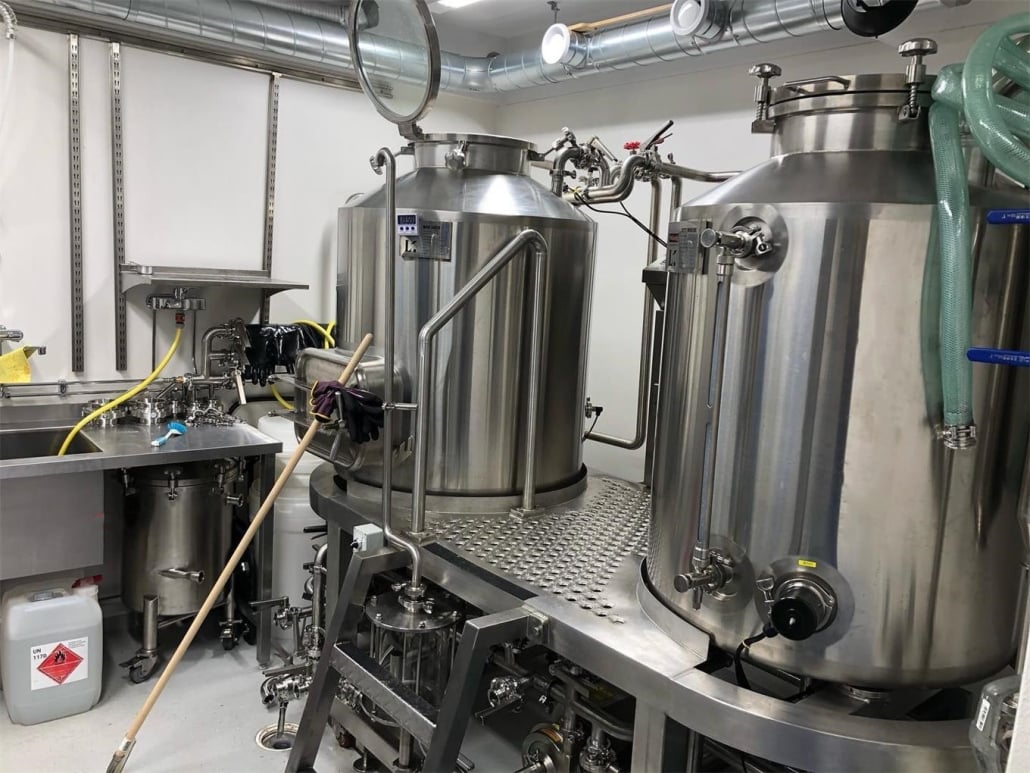
Benefits of Using Stainless Steel Fermentation Tanks
Why do stainless steel wine fermentation tanks get all the hype? It’s not just because they look sleek (although they totally do). Stainless steel tanks offer a long list of practical advantages that contribute to better wine quality, more efficient operations, and easier maintenance.
First off, let’s talk hygiene. Stainless steel is non-porous, which means bacteria, yeasts, and other undesirables can’t find places to hide and grow. This makes cleaning and sanitizing a breeze—just a rinse, a bit of detergent, and a sanitizing solution, and you’re good to go. That’s a big deal in winemaking, where microbial contamination can ruin a whole batch.
Next up is durability. These tanks are built to last. Unlike oak barrels or plastic fermenters, they won’t degrade over time, they resist corrosion, and they don’t absorb flavors. That means you can ferment wine after wine in the same tank without flavor carryover—unless you want it, of course. They’re also easier to move, stack, and store.
Temperature control is another huge bonus. With the ability to maintain consistent temperatures throughout fermentation, stainless steel tanks let winemakers fine-tune every batch. This means you can preserve delicate aromatics in white wines or better manage maceration in reds.
Comparison: Stainless Steel vs. Oak or Plastic Fermenters
Let’s put stainless steel up against its two main competitors: oak and plastic. Each has its place in the wine world, but stainless steel often comes out on top in terms of versatility and consistency.
Stainless Steel vs. Oak: Oak fermenters are traditional and romantic. They add complexity and character through tannins and vanillin compounds. But they’re expensive, hard to clean, and not exactly user-friendly when it comes to controlling fermentation temperature. Stainless steel, on the other hand, offers precision, repeatability, and cost savings in the long run—even if you miss out on that oak character.
Stainless Steel vs. Plastic: Plastic tanks are cheaper and lighter. That’s their main selling point. But they scratch easily, which makes them a breeding ground for bacteria. They also don’t last nearly as long and can leach compounds into your wine. Stainless steel is more expensive up front, but its longevity and cleanliness make it a smarter investment.
Features to Look for in a High-Quality Stainless Wine Tank
| Feature | Description |
|---|---|
| Material Grade | 304 or 316 stainless steel ensures corrosion resistance and food safety compliance. |
| Cooling Jacket | Allows for precise temperature control during fermentation. |
| Capacity Options | Available in a wide range of sizes from 100L to 100,000L to suit different winery needs. |
| Manway Access | Large, secure openings for easy cleaning and maintenance. |
| Racking Valve | Lets you drain clear wine from above the lees. |
| Sight Gauge | Visual level indicators help monitor fermentation progress. |
| Conical Bottom Design | Aids in sediment removal and easier tank emptying. |
| Insulation | Keeps temperatures stable, improving fermentation control. |
| Stackability | Some tanks are stackable to save space in smaller wineries. |
| Mobility Features | Casters or forklift channels help move tanks easily. |
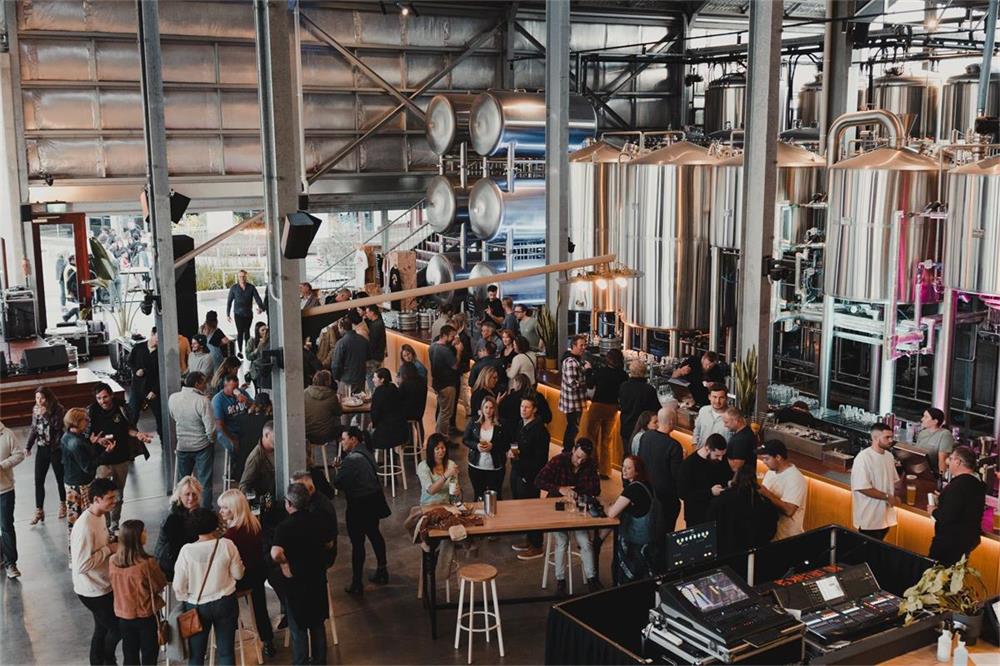
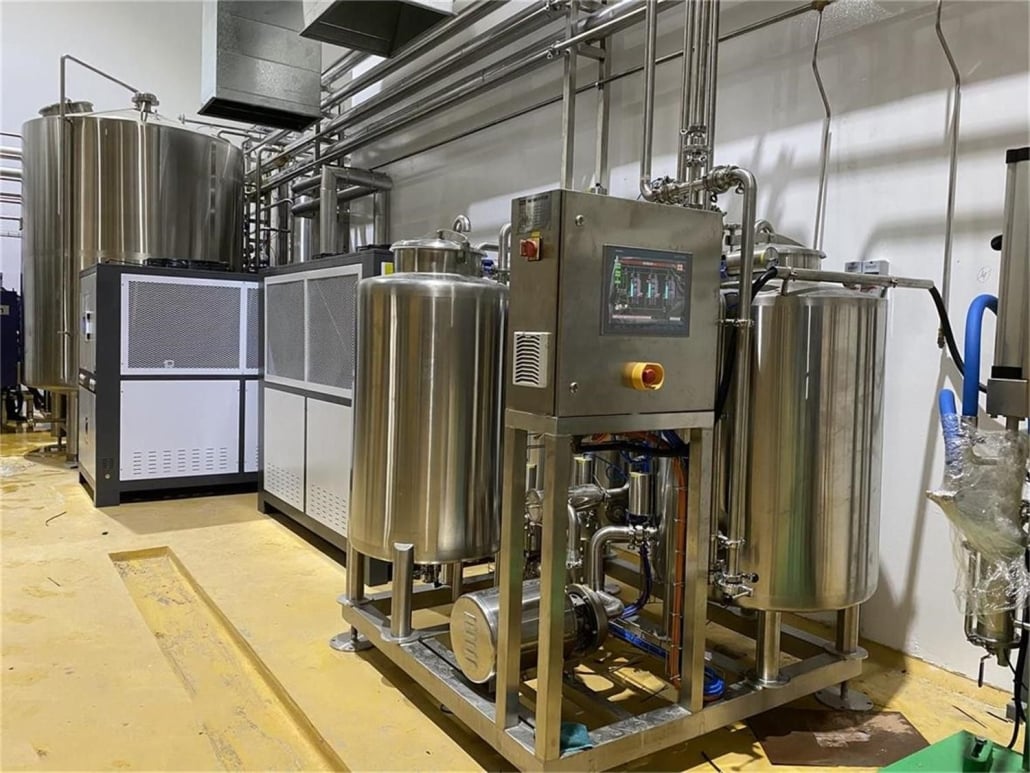
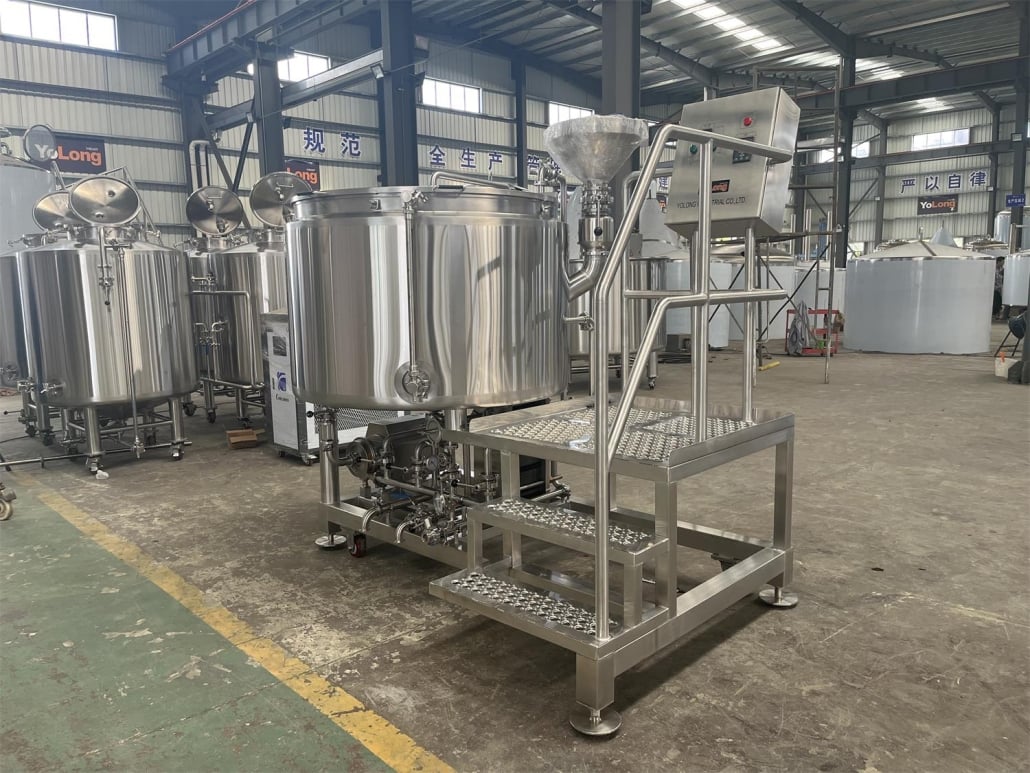
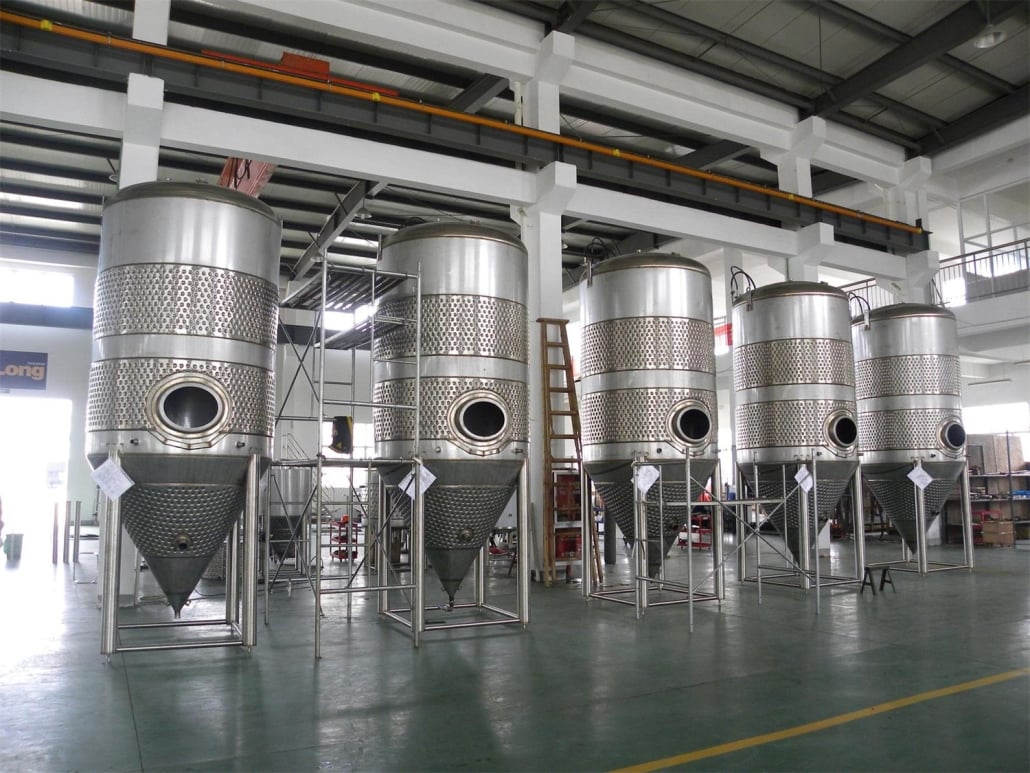
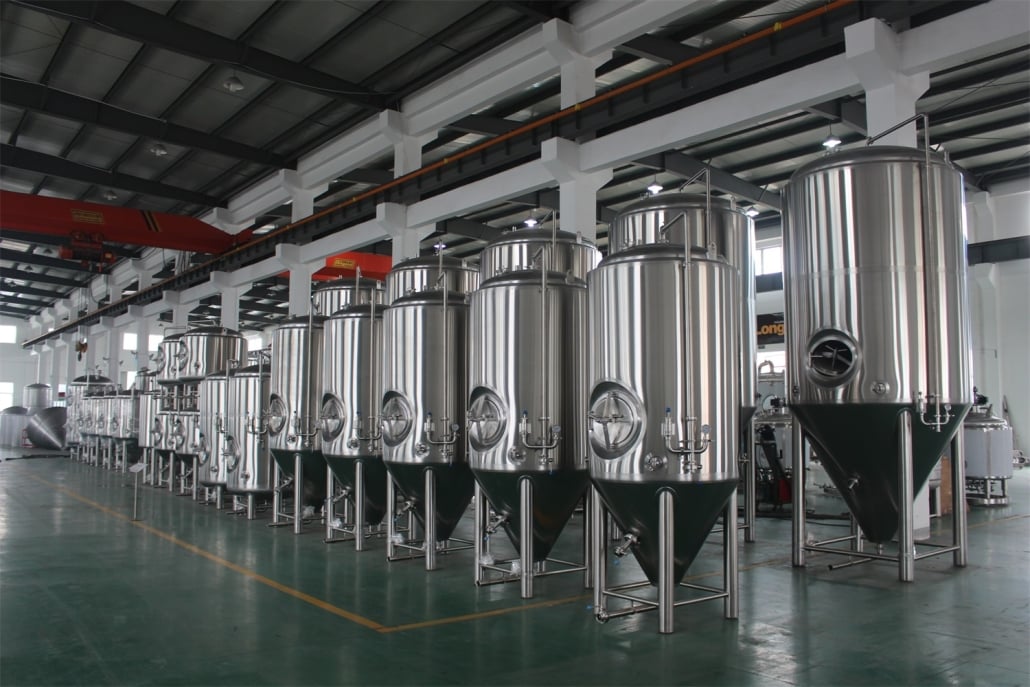
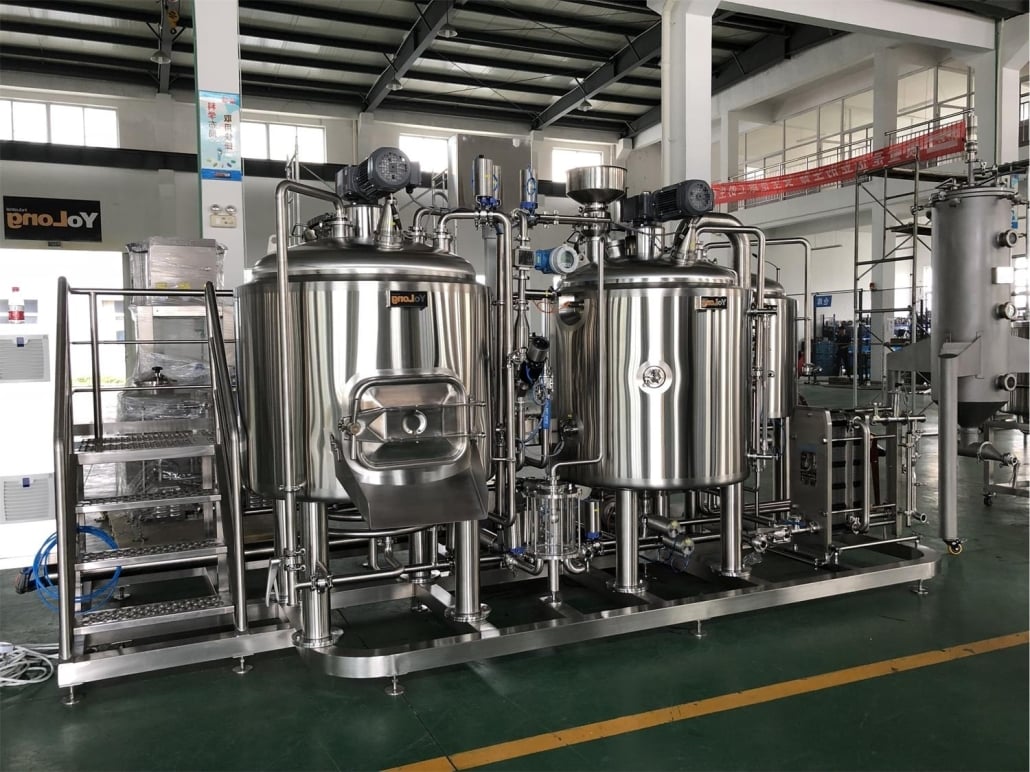
Applications in Winemaking
Stainless steel fermentation tanks aren’t just for fermenting juice into wine—they’re multitaskers. Many winemakers use them for cold stabilization, blending, or even temporary storage before bottling. Thanks to their flexibility and precision, they’re especially popular in making white wines and sparkling wines where clarity and freshness are key.
Let’s say you’re crafting a delicate Sauvignon Blanc. You want to retain the fruity aromatics, avoid oxidation, and keep it bright and zesty. A stainless steel tank is your best friend here. The same goes for rosé, Pinot Grigio, or any wine style where you’re chasing crisp, clean flavors.
Even red wine producers love stainless steel for fermentation, especially during early stages or for partial fermentation before aging in barrels. The tanks give better control over cap management and fermentation temperature, both critical for color extraction and tannin structure.
Choosing the Right Supplier
So, how do you pick the right manufacturer or supplier for stainless steel fermentation tanks? Start by looking for experience. A supplier who’s been in the business for decades probably knows what they’re doing. Look for customer testimonials, reviews, and case studies.
Make sure they use certified food-grade stainless steel and have proper quality control measures in place. Ask about customization options—can they add extra ports, make jacketed tanks, or tailor the tank dimensions to your cellar layout?
Also, consider logistics. Can they ship internationally? Do they offer installation support? What’s their after-sales service like? These might seem like small details, but when your vintage is on the line, they become dealbreakers.
Price Ranges, Sizes, and Tank Specifications
| Tank Size | Typical Volume (Liters) | Approximate Price Range (USD) | Ideal For |
|---|---|---|---|
| Small | 100 – 1,000 | $500 – $3,000 | Home winemakers, boutique micro-wineries |
| Medium | 1,000 – 10,000 | $3,000 – $15,000 | Small to mid-size wineries |
| Large | 10,000 – 100,000 | $15,000 – $100,000+ | Commercial and industrial wineries |
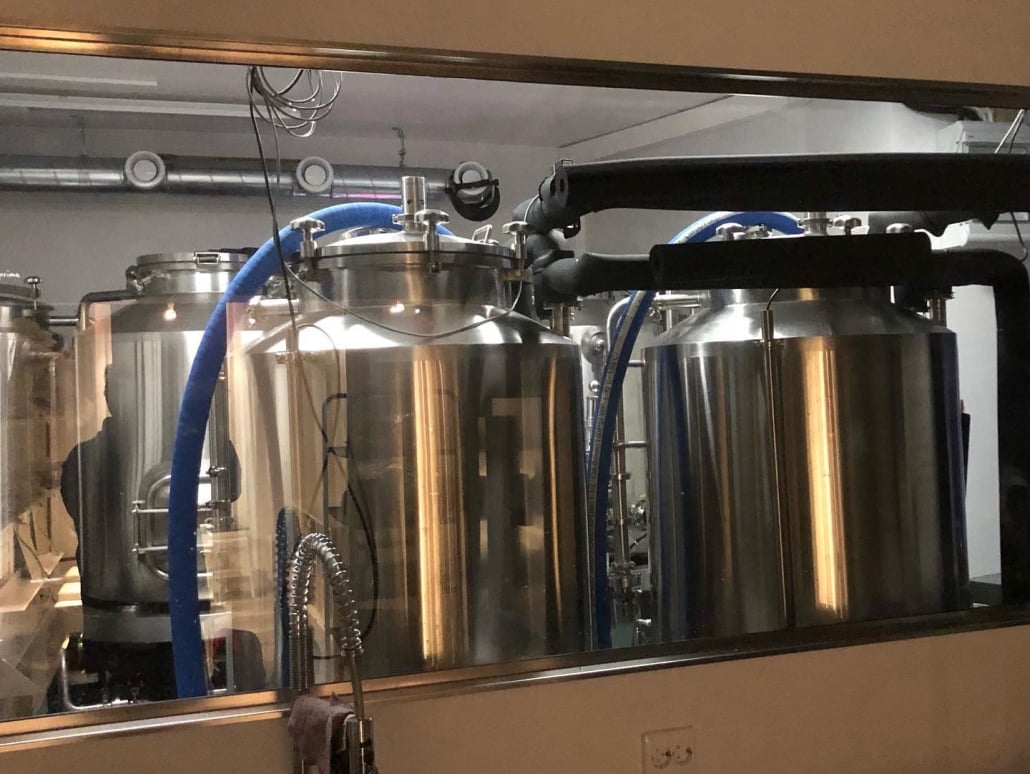
FAQ
| Question | Answer |
|---|---|
| What’s the difference between 304 and 316 stainless steel? | 316 contains molybdenum, offering better corrosion resistance, especially for acidic wines. |
| Can stainless steel tanks be used for aging? | Yes, especially for styles that benefit from a neutral vessel and oxygen control. |
| How long do stainless steel fermentation tanks last? | With proper care, over 30 years or more. |
| Do these tanks require special maintenance? | Regular cleaning and sanitization are key, but no special treatments are usually needed. |
| Can I use these tanks for beer or cider too? | Absolutely—they’re versatile for all fermentation needs. |
| Do I need a cooling system? | For temperature-sensitive fermentations, yes—especially in warm climates. |
| Are stainless steel tanks environmentally friendly? | They’re recyclable and reduce the need for disposable barrels or liners. |
Additional FAQs About Stainless Steel Fermentation Tanks (2025)
1) What interior finish (Ra) should I specify for wine fermentation?
For hygienic performance and easier CIP, target ≤0.8 μm Ra mechanical polish; electropolishing to ≤0.6 μm Ra further reduces biofilm risk and cleaning time.
2) When is 316/316L stainless preferred over 304 for wine?
Use 316/316L for high-acid musts, elevated chloride environments, aggressive CIP chemistries, and coastal wineries; 316L’s lower carbon improves weld corrosion resistance.
3) How should I size cooling jackets for white and rosé fermentations?
Design for 5–8 W/L of heat removal during peak fermentation and ensure sufficient jacket coverage (≥60–70% of sidewall). Verify with OEM heat-load calculations for your Brix/yeast strain.
4) Do I need pressure-rated stainless steel fermentation tanks in a winery?
For pressure fermentations, sparkling base, or closed transfers, specify working pressure ≥1 bar/15 psi with certified PRV(s) and gauges. For still wines with open/vented ferments, atmospheric tanks are sufficient.
5) What are best practices to minimize oxygen pickup in stainless wine tanks?
Use inert gas (N2/CO2/argon) for headspace management, closed racking, sanitary sample valves, and low-DO hoses; track DO at fill, post-ferment, and pre-bottling with handheld meters.
2025 Industry Trends for Stainless Steel Fermentation Tanks
- Precision cooling and energy recovery: Multi-zone jackets with better insulation and heat recovery to HLT reduce energy intensity.
- Digital cellars: More tanks ship with PLC/SCADA connectivity (OPC UA/MQTT), tank-level sensors, and cloud batch logs for traceability.
- Hygienic design: Wider adoption of orbital TIG welds, documented Ra, and electropolish options to cut CIP time.
- Low-oxygen handling: Inert gas management and closed transfers extend aromatic retention in whites and rosés.
- Sustainability: Water-light CIP recipes, VFD pump controls, and recyclable tank components become standard specifications.
Benchmark Metrics for Stainless Steel Fermentation Tanks in Wineries (2024–2025)
| Metric | 2024 | 2025 (proj.) | Notes/Source |
|---|---|---|---|
| New tanks specified with multi-zone cooling jackets | ~54% | ~68% | OEM catalogs; integrator surveys |
| Adoption of electropolished interiors | ~40–45% | ~58–60% | RFQ/vendor specs |
| Wineries using closed transfers + inert headspace | ~50% | ~66% | QA audits; trade forums |
| Tanks with native IoT/SCADA connectivity | ~35% | ~50% | Controller OEMs |
| Water-to-wine ratio with optimized CIP (L/L) | 2.5–3.5 | 2.0–3.0 | BA/MBAA cross-industry references; winery case notes |
| Typical white ferment temp control stability (±°C) | 0.8–1.2 | 0.3–0.8 | Field testing; integrator data |
Authoritative references:
- American Society for Enology and Viticulture (ASEV): https://www.asev.org
- American Society of Brewing Chemists (ASBC) Methods for DO/CIP principles: https://www.asbcnet.org
- Master Brewers Association of the Americas (MBAA) TQ (hygienic/CIP best practices): https://www.mbaa.com/publications/tq
- U.S. DOE Better Plants tools (utilities/energy): https://www.energy.gov/better-plants
Latest Research Cases
Case Study 1: Electropolished Stainless Tanks Cut CIP Time in a Mid-Size Winery (2025)
Background: A 1.2 million L/year winery reported long CIP cycles and sporadic micro positives in white wine tanks (304 SS, 0.8–1.2 μm Ra).
Solution: Upgraded select fermentation tanks to electropolished ≤0.6 μm Ra, replaced static spray balls with rotating devices, and added conductivity-based rinse endpoints with riboflavin coverage tests.
Results: CIP duration reduced 22–30%; water/chemicals down 18–24%; ATP fail rate decreased ~70%; estimated payback in 12–16 months.
Case Study 2: Low-Oxygen Handling Improves Aromatic Retention in Sauvignon Blanc (2024)
Background: Aromatic fade within 4–6 months linked to elevated DO during transfers.
Solution: Implemented CO2/argon inerting of headspace, closed transfers tank-to-tank, sanitary sampling, and handheld DO checks pre/post racking.
Results: DO reduced from 150–220 ppb to 40–60 ppb; sensory panels reported stronger thiol/terpene expression at 6 months; returns for oxidation dropped ~35%.
Expert Opinions
- Anita Oberholster, Ph.D., Cooperative Extension Specialist in Enology, UC Davis
Key viewpoint: “Temperature stability and oxygen control in stainless steel fermentation tanks are the primary levers for preserving delicate white wine aromatics.” - Clark Smith, Winemaker; Author of “Postmodern Winemaking”
Key viewpoint: “Stainless gives repeatability. Pair neutral vessels with precise red cap management and closed, inert handling to keep phenolics on target.” - Mary Pellettieri, QA Consultant; Author of “Quality Management for Craft Beer”
Key viewpoint: “Documented CIP parameters and DO trending transform stainless tanks into audit-ready, low-variability assets—regardless of winery size.”
Practical Tools and Resources
- Enology/QA standards and research
- ASEV publications and resources: https://www.asev.org
- AWRI (Australian Wine Research Institute) technical notes: https://www.awri.com.au
- ASBC Methods (oxygen measurement fundamentals): https://www.asbcnet.org
- Utilities and sustainability
- DOE Better Plants calculators (steam/chillers/pumps): https://www.energy.gov/better-plants
- EPA ENERGY STAR Treasure Hunt guides: https://www.energystar.gov
- Community and sourcing
- WineBusiness classifieds and tech articles: https://www.winebusiness.com
- ProBrewer forums (equipment/CIP discussions): https://www.probrewer.com
- Process tracking software
- Vintrace winery management: https://www.vintrace.com
- Ekos for beverage production: https://www.ekosnow.com
Last updated: 2025-09-30
Changelog: Added 5 targeted FAQs, 2025 benchmark table for stainless steel fermentation tanks in wineries, two case studies on electropolish/CIP optimization and low-oxygen handling, expert viewpoints, and curated tools/resources with authoritative links.
Next review date & triggers: 2026-03-31 or earlier if ASEV/AWRI guidance updates, OEMs change finish/pressure specs, or new IoT controls materially impact tank selection and QA practices.
Share this entry
Interested in learning more about Brewing Systems including additional details and pricing information? Please use the form below to contact us!
YOLONG BREWERY EQUIPMENT FAQS
- Commercial Brewery / Craft Brewery / Microbrewery / Nanobrewery
- What is The Difference Between Craft Beer and Industrial Beer?
- The Bespoke Differences In Custom Brewing Systems
- Everything You Need to Know About Kettle Souring
- How to Choose Brewing Equipment for Your business?
- How To Choose The-Best Partner To Build Your Commercial Microbrewing System?
- Two Detection Sensors That You Need To Use In Your Brewhouse System
- Remote Control Applications in Brewing Equipment/How does it work?
- How To Clean Your Brand New Brewery Tanks?

